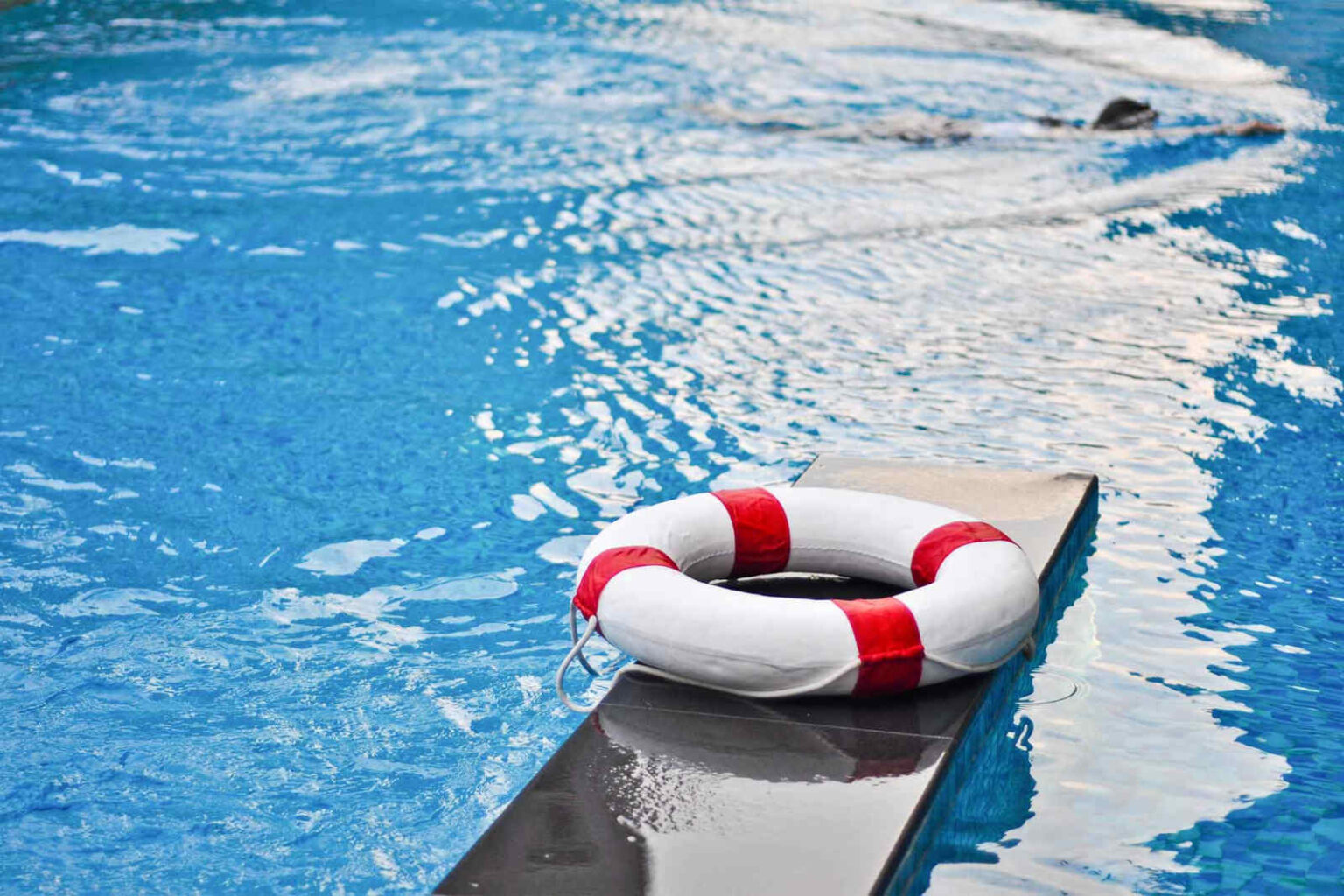
Why I Cannot Get a Chlorine Reading In My Pool
Having a swimming pool is a great way to enjoy the outdoors and relax during the warmer months. However, maintaining your pool can prove to be a challenge at times. One of the most important aspects of pool maintenance is ensuring that the chlorine levels are balanced. Chlorine is an essential chemical that sanitizes and disinfects pool water, keeping it safe for swimmers. But, what happens when you cannot get a chlorine reading in your pool? This can be a frustrating and confusing experience for pool owners. There are several reasons why you may be experiencing this issue, and it’s important to know the causes and solutions in order to ensure the health and safety of swimmers.
Also read How to get sand out of pool without vacuum
Why can’t I get a Chlorine reading?
As a pool owner, you understand the importance of maintaining the appropriate chlorine levels in your pool. Not only does it keep the water clean and clear, but it also ensures the safety of those swimming in it. However, if you have ever found yourself struggling to get a chlorine reading, you know how frustrating and confusing it can be. Even if you are diligently adding chlorine to your pool, it can be disheartening when your test kit shows little to no change in chlorine levels. In this blog post, we will explore some of the reasons why you might not be getting a chlorine reading in your pool. We will discuss common problems such as expired test kits, improper testing techniques, and inadequate circulation. Additionally, we will delve into some of the less common issues such as high levels of cyanuric acid and organic contaminants. By the end of this post, you will have a better understanding of why you might be struggling to get a chlorine reading and how to rectify the issue.
Breaking Your Chlorine Lock
Chlorine lock is one of the most common problems faced by pool owners. It occurs when the chlorine levels in the pool water become stagnant and ineffective, causing the water to turn green and cloudy. This issue can be frustrating and difficult to eliminate, leading many pool owners to throw in the towel and hire a professional to resolve the issue. However, there are steps that can be taken to break your chlorine lock and restore your pool to its sparkling clean state. In this blog debackyard t, we will discuss the causes of chlorine lock, the signs that your pool may be experiencing this issue, and most importantly, effective solutions to combat chlorine lock. From understanding the importance of testing your pool water frequently, to utilizing alternative sanitizers, we will explore various methods to rid your pool of the stubborn green tint. With our expert tips and tricks, you can get back to enjoying your pool without the frustration of a chlorine lock.
Partially Draining Your Pool
When it comes to maintaining your pool, there are a few things you need to do to keep your pool clean and safe for swimming. One of these crucial tasks is partially draining your pool. Partially draining your pool means removing a portion of the water from your pool, which helps to reduce the concentration of chemicals in the water and the overall hardness of your pool water. This process can also help to remove any debris that may have accumulated at the bottom of your pool, making it easier to clean and maintain.







